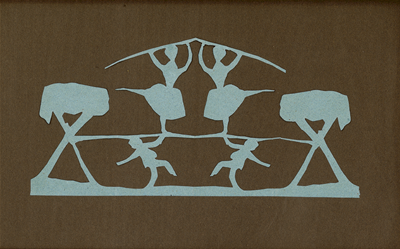Only a Fiddler was first published in 1837 and is the third novel published by H. C. Andersen in the 1830s. It is possible to find literature that relates the books to each other, due to the close releases and themes. In The Improvisatore (1835) Antonio finds clarification in his search for a link between the spiritual and social nature in the premise of reality. In O.T. (1836) Otto is spiritually noble and fits in among the bourgeoisie as he tries to free himself of his social heritage. While the two books have happy endings, it is a different story for Christian in Only a Fiddler.
Summary
Only a Fiddler depicts the story of the musical, poor child, Christian, and the jewish girl, Naomi, who have known each other since childhood. Their paths diverge and they go their separate ways in life. Christian’s musical talent is discovered, but it is not supported, and he is alone in chasing his artistic dream. Christian fell in love during his childhood with Naomi. Naomi is a beautiful girl with a mysterious origin, who is adopted into a noble family and she socializes in the finer European circles. Their paths cross at the end of the novel and their shared sense of emptiness is evident. Naomi sits in her seat as her cart passes, what is assumed to be Christian’s burial cart. Their destinies were shaped differently, but they end up in the same sense of emptiness. Where Naomi’s life is privileged and filled with satisfaction, Christian compensates his earthly defeats with a resigned nose in the sky, a kind of self-deception that leads to disappointment and regret. Their fates disprove any notion that man can shape his life so that all is unfolded and every longing is fulfilled. It can also be seen that Christian perished as a failed artistic talent, as he is not able to transcend childhood into adulthood, partly because of his constant attachment to the childhood infatuation he had with Naiomi.
Publication
Only a Fiddler was first published november 22. 1837. (Pictured above is a paper clip by Hans Christian Andersen – Copyright Odense City Museums – Reproduced with permission.)

